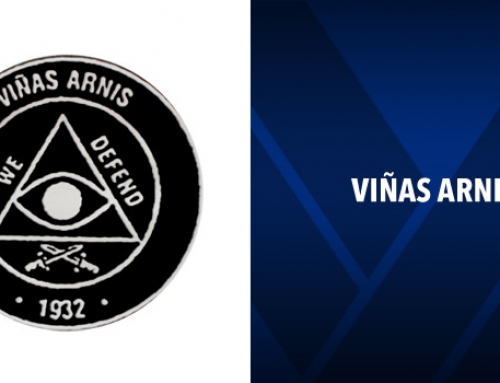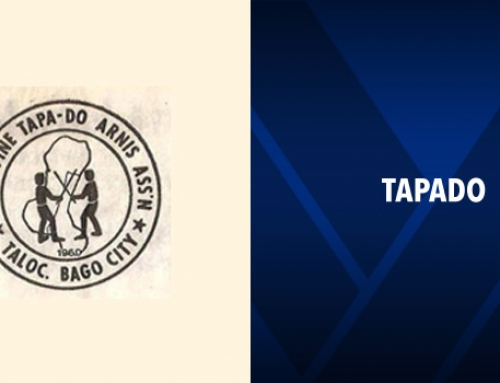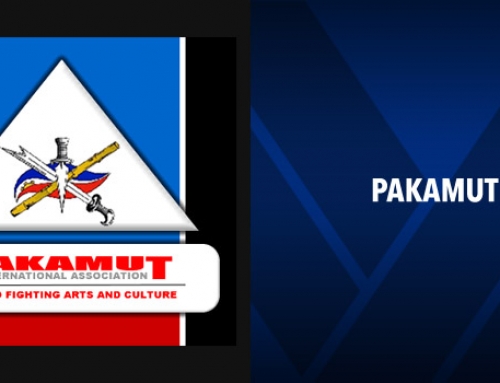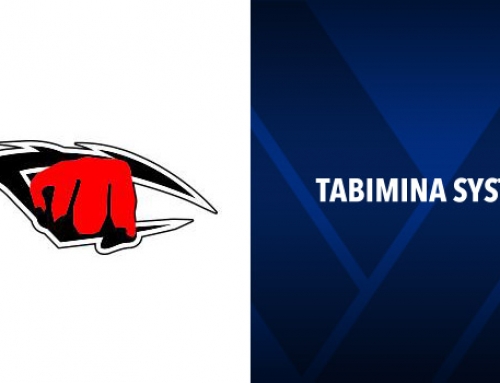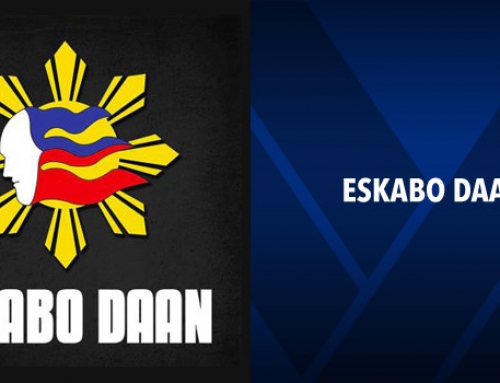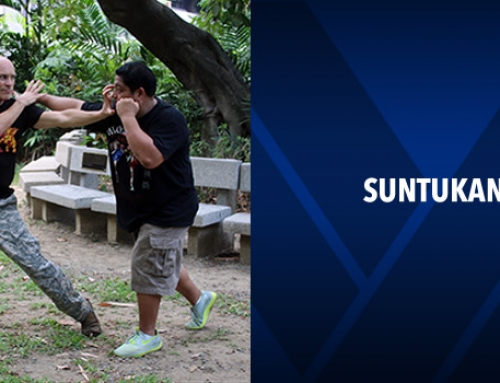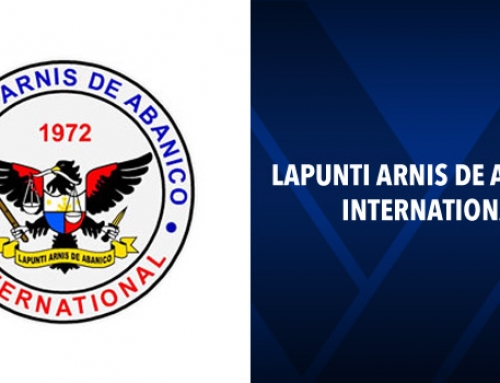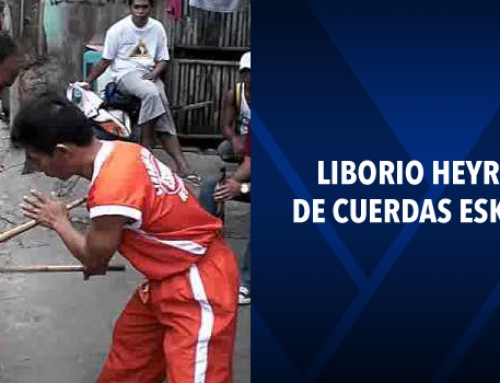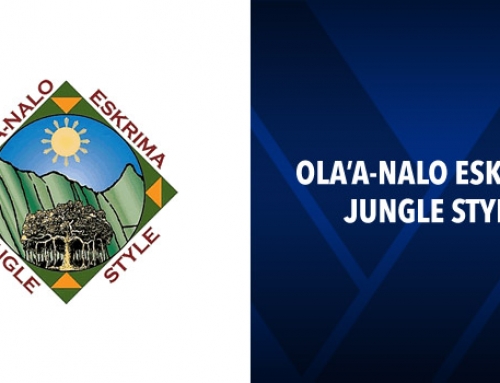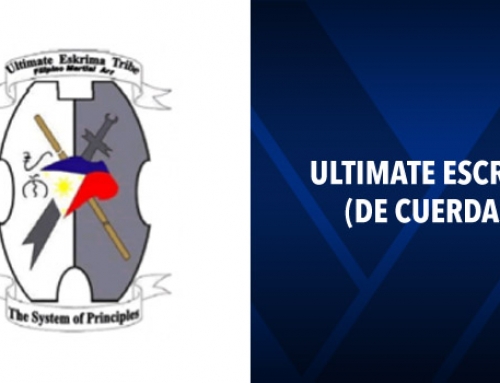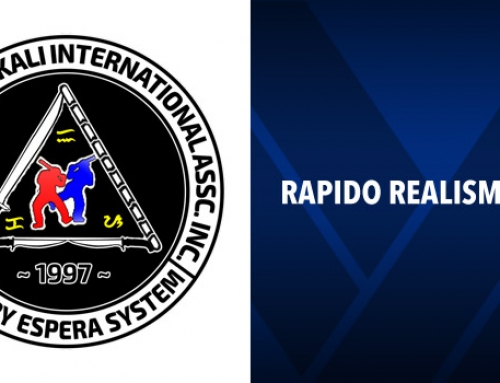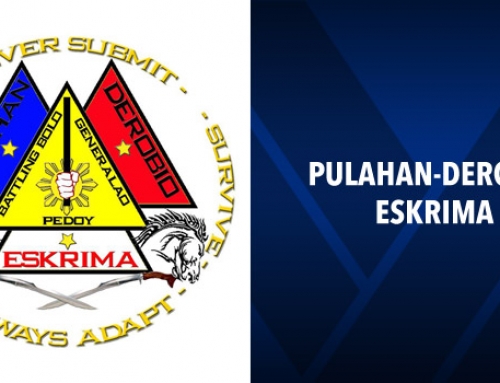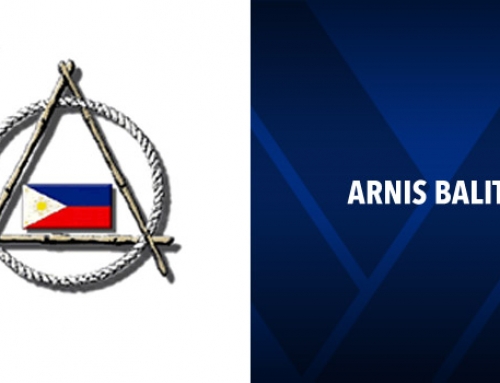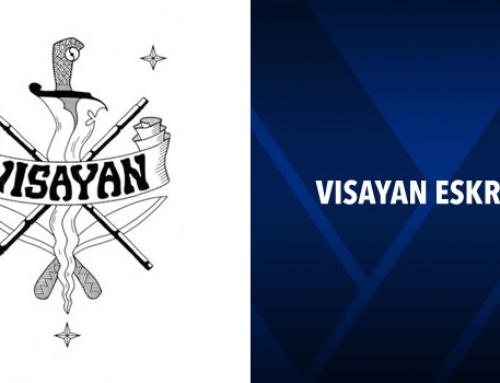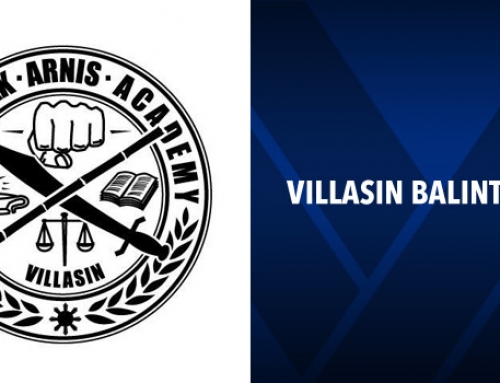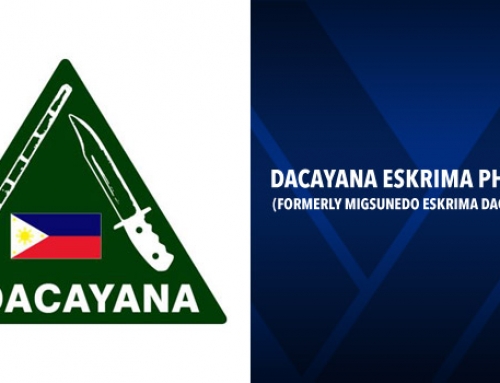HISTORY OF EARLY SIKARAN (1800’s – 1946)
The confiscation and outlawing of weapons created a fertile environment for the development and propagation of an ancient system of physical activity using the empty hands and the bare feet in offensive and defensive maneuvers.
This physical activity was eventually called SIKARAN. The Spanish authorities viewed the system as a pastime and recreational activity, rather than an unarmed system of fighting that could very well be lethal. The Spaniards, being armed with muskets and swords, did not consider it a threat.
There is no written history or record of SIKARAN. What is known about SIKARAN was passed on by word of mouth from generation to generation.
In fact, it is unequivocally believed that this is the first authoritative and only complete written account about SIKARAN. This written account is based, not on history books or official archives. It is the unimpeachable recollection of the people who were part of SIKARAN from its inception.
The following is a verbatim chronicle of an interview in 1960, with the last Hari of SIKARAN, Cipriano Geronimo, (father of Meliton and Jaime Geronimo).
Cipriano Geronimo’s, knowledge of the history of SIKARAN was how he remembered it as told by his father Bonifacio Geronimo, a Hari ng mga Hari (Champion of champions) and Bonifacio’s mentor, a man who was simply remembered as Ka Rumagit (Ka is a Filipino term of respect for an elder).
Ka Rumagit and Bonifacio Geronimo’s SIKARAN bond lasted all through their lives. Ka Rumagit was also Bonifacio Geronimo’s alalay (second) and tagasanay (coach), during the latter’s competitive years, as a SIKARAN fighter.
Melencio Bigasin and Manuel Ocampo, two elder contemporaries of Cipriano Geronimo who were Haris (champions) turned guros (teachers), helped in clarification and confirmation of information and events that time had shrouded with confusion, even doubts.
Ka Rumagit was a kaingngero (clearing the forest by fire) farmer in the mountains bordering the towns of Baras and Tanay, in Rizal province. He was soft spoken, to the point of being an introvert.
He did not say where he was from or who his parents were. Nobody even knew what his real name was. However, he volunteered the fact that he learned the fighting systems out of sheer necessity. It was suspected that he is the son of an Ita (mountain people called Negrito) due to his physiognomy.
Standing no more than five-feet tall, Ka Rumagit was built like a rock, massive and hard. His size camouflaged his agility. He favored a maneuver called the daluhong ng unggoy (monkey attack), where he jumps on his opponent’s hips preventing the opponent from drawing his itak at the same time gouging off the eyes. He is also partial to Sibasib ng Tamaraw (head-butt to the nose).
Ka Rumagit claims that he learned these tactics from his Ita (mountain tribe in the Philippines, called Negrito) friends. Another technique he favors is attacking the knee to break it in order to “bring the opponent down to his size.” He called the technique pangbali ng tuhod (breaking the knee).
If he does not want to seriously injure his opponent, he just grabs the testicles and squeezes it hard. He said that the pain is intensified by the fact that most mountain people have salt deficiency and develops what he calls bayag ng kabayo (horse testicles) where the testicles are swollen and very sensitive to the touch.
Ka Rumagit said he spent a good deal of his young life in the mountainsides, where Tulisan (bandits), roam freely and prey on innocent farmers. The fighting system popular at the time was Arnis de Mano. However, even as a child Ka Rumagit’s favorite physical activity was the “kicking game.”
The “kicking game” was a favorite pastime of farmers. However, Ka Rumagit regarded this activity in a more serious manner. By combining kicking with Arnis de Mano in combat situations, the opponent may be easily caught off guard. Ka Rumagit was an expert on both systems. He used his fighting skill to successfully defend his life.
The “kicking game” originated from animal behavior. By imitating the horse, they developed the damba (horse kick with the front legs) and the sipang kabayo (horse kick with the rear legs). By emulating the carabao (water buffalo) the padyak ng kalabaw was developed.
A carabao, by nature is a very docile animal. However, it has the habit of stomping the rear foot and swaying its tail when annoyed with the birds that feed on the insects on the carabao. They also mimicked the agila (eagle), the labuyo (wild fowl), and the bulik or panabong (fighting cock).
In order to gain speed and height, they jump up to kick from a running start, just as an eagle swoops down on its prey and called the kick dagit ng agila.
Imitating the pagaspas (flapping) of the wings of the labuyo (wild fowl) to repulse and get away from threats, allowed them to refine the movement for open hand blocking and slapping techniques.
These hand techniques were incorporated with the kicking techniques, making the system a more exciting game and a more effective fighting system.
The direct frontal attack of the panabong (fighting cock) inspired techniques they called salpok ng bulik (frontal assault of a type of fighting cock).
SIKARAN (then referred to as kicking game) was widely practiced by the farmers and it became a favorite past time. The term SIKARAN was derived from the challenge “magpanikaran tayo” (lets play the “kicking game”) when they want to enjoy that physical activity.
“Nagsikaran kami” (we played the “kicking game”) became a favorite verbalization of the activity by people after they played the game. Parents scolded their sons for playing the “kicking game” with the term “nagsikaran ka na naman maghapon” (you played the “kicking game” again all day long).
With the constant repetition of the term, the activity or the game became known formally as SIKARAN. For centuries, SIKARAN was an informal unorganized game.
In the 1800’s, rules governing “official” matches were established. Offensive techniques, other than foot kicking maneuvers were drastically restricted. Use of hand techniques was limited to blocking, pushing, and pulling.
SIKARAN became a methodized foot-fighting system. The term Hari (king) was adopted as the title for the champion. This resulted in a wider acceptance and more accelerated propagation of SIKARAN. Every SIKARANista coveted the title Hari and the glory associated with the title.
Unlike Arnis de Mano, SIKARAN was not used in an organized manner of fighting the foreign aggressors. Arnis de Mano was developed by warriors, for warfare. On the other hand, SIKARAN was developed by farmers more for amusement.
It was used for personal defense only in extreme circumstances. The first choice of defense of the farmer, then and now, is his utilitarian tool used for farming and harvesting, the itak (straight-edged machete-like long knife), the karit (sickle), the dulos (reaper), and the palakol (axe).
PRESENT DAY SIKARAN (1946 – TO THE PRESENT)
Cipriano Geronimo, Manuel Ocampo and Melencio Bigasin, out of nationalistic loyalty were determined to resurrect the interest in SIKARAN. They found a protégé in Meliton Geronimo, elder son of Cipriano Geronimo. Even as a young boy, Meliton Geronimo has displayed exceptional proficiency in SIKARAN.
As a teenager, Meliton Geronimo has shown unusual fortitude and courage by serving with distinction in the resistance movement with the Marking Guerillas during the Second World War.
Born on March 10, 1927, Meliton Geronimo is a man for all seasons. He is a master of SIKARAN, a military man, and a politician. Even with his busy schedule, Geronimo finds time to be a movie actor.
In the early 1950’s, Meliton Geronimo, already a budding master of SIKARAN and a non-commissioned officer in the Philippine Air Force was sent to Japan and the United States as part of the Reparations Treaty Contingent from the Philippine Air Force. Philippine Air Force Captain Domingo Polotan introduced Meliton Geronimo to Master Koichi Kondo of the All Japan Karate Federation. The SIKARAN master and the Karate Master became good friends.
While in the United States he trained early mornings before the sun was up. The American soldiers who trained with him christened him Chief Geronimo, (the native American chieftain) as a sign of awe and respect of his physical prowess. That was the first time that SIKARAN was introduced in the United States.
Karate was gaining popularity in the whole world and in the Philippines as well. In order for SIKARAN to gain international acceptance, Meliton Geronimo found it expedient to align the propagation of SIKARAN with Karate and use the subtitle Philippine Karate in reference to SIKARAN.
He also realized that to gain recognition, it was essential to make adjustments and modernize his approach to the practice of SIKARAN, at the same time preserving the authenticity and identity of the art.
SIKARAN of old was a pure and effective fighting system. Techniques, both offensive and defensive were executed exactly how they were used in actual fighting. There were no “hidden techniques” or “hidden applications” concealed in Balangkas or pre-arranged patterns or formal exercises.
There were no Balangkas (pre-arranged forms or drills) to allow one to train alone against imaginary opponent or opponents. There were no formal exercises needed to advance in rank or standing. Training consisted mainly of rudimentary but exciting actual exchange of blows with a partner.
Filipinos’ indifference and apathy to rituals and ceremonials, which they always associate with religion, carried over to SIKARAN, hence the lack of formal exercises or pre-arranged patterns.
Understanding this need, Geronimo adopted the required choreographed formal exercises from Japan and Korea for purposes of international competition. However, to retain the distinctive origin of SIKARAN, Geronimo also created and developed SIKARAN’s own personalized formal exercises.
There are five classifications of Balangkas (patterns) in SIKARAN. The first is the Batayang Balangkas (Basic Pattern). The second is the Balangkas ng Kampana (Pattern of the Bell or 4-direction pattern).
The third is the intermediate pattern or Pani-langkas. The fourth is the progressive pattern or Mau-langkas more popularly known as the Balangkas ng SIKARAN. The fifth is the Balangkas na Banyaga (foreign forms).
The Balangkas na Banyaga are forms or patterns of foreign origin given Filipino names and were essential at the time when SIKARAN was still referred to as Philippine Karate for acceptance in the Asian Karate Association. Presently, although some Balangkas na Banyaga are still practiced, they are now optional.
Part of this adjustment was adopting other techniques, such as other stances and blocks. Ranking and belt system as well as official white attire, salutation and other protocols were also made part in the modern practice of SIKARAN.
Meliton Geronimo’s systematizing and organizing the techniques of SIKARAN effectively elevated SIKARAN from a “foot-fighting system” to the “fighting art of the Filipino farmer.”
While a non-commissioned officer, in the Philippine Air Force, Meliton Geronimo started teaching military personnel and their dependents the Filipino fighting arts of SIKARAN and ARNIS DE MANO. They formed the Eagle Karate (SIKARAN) Club, made up of Philippine Air Force personnel.
After the civilian dependents of the PAF joined the club, the name Eagle Karate (SIKARAN) Club was retained but the PAF servicemen put up their own group and to distinguish it as a purely military club they called it the Blue Diamond Karate (SIKARAN) Club in honor of the acrobatic flying team of the Philippine Air Force.
Upon learning of the existence of this club, several civilians sought instructions from Meliton Geronimo. Since most civilian members have no access to the military base, it was decided to rent a building outside the base to serve as headquarters and central gymnasium. In 1958 the group was renamed the Karate (SIKARAN) Brotherhood of the Philippines.
In 1960, Geronimo communicated with Master Koichi Kondo of the All Japan Karate Federation in an effort to join and have the Asian Karate Association recognize SIKARAN as a distinct empty-hand fighting art of Filipino origin.
On February 8, 1961, affixing his seal on his response, Master Koichi Kondo acknowledged Geronimo’s letter. Again, on May 5, 1961, Master Koichi Kondo sent a hand written response from Korea, to Meliton Geronimo.
In 1962, Master Koichi Kondo, Chief Instructor of the All Japan Karate Federation, as a prelude for recognition of SIKARAN as a distinct Filipino empty-hand fighting art named Meliton Geronimo, now a captain in the Philippine Air Force, Japanese Karate Grades Commissioner for the Philippines.
In recognition of his skill, Meliton Geronimo was awarded the 5th Degree black belt by Kyojiro Furusawa, president of the All Japan Karate Federation. It was at that time, the highest grade in Karate awarded to a non-Japanese.
The same reciprocal authority was accorded to Meliton Geronimo by Korean Tang Soo Doo Grandmasters Hwang Kee of the Moo Doo Kwan and Kwai Byung Yun of the Jee Doo Kwan.
This commission qualified that whatever grade or promotion Meliton Geronimo issues will be recognized and honored by the All Japan Karate Federation, the Korean Karate Association and eventually by the Asian Karate Association.
Although it took a while, on March 6, 1963, Master Koichi Kondo confirmed his support for Meliton Geronimo and the KARATE (SIKARAN) BROTHERHOOD OF THE PHILIPPINES for membership in the Asian Karate Association and extended an invitation for the Philippines to participate in the First Asian Karate Championship.
In an attempt to make it a regular part of the Asian Games, a uniform name for the sport was necessary. All member countries agreed to use the collective name of Asian Karate Association.
In 1964, Meliton Geronimo led a team of SIKARAN players in the First Asian Karate Championships held in Japan. It was the first time that Japanese Karate, Chinese Karate, Korean Tang Soo Doo, called Korean Karate and SIKARAN, referred to as Philippine Karate, competed in an international tournament using a standard uniform rule of contest.
The rules were almost made-to-order for SIKARAN fighters. They were the matira ang matibay (knock-out-survival-of-the-fittest) kind of rules, the forte of SIKARAN.
Meliton Geronimo’s skill in SIKARAN paid off when he was named Most Courageous Fighter. It was his first international competition and the first honor for the Philippines in the martial art field of empty-hand fighting.
It also proved the flexibility and ability of SIKARAN practitioners to adapt to different fight situations under a different set of rules of engagement.
In subsequent Asian Karate Championships, several other honors were won under the leadership of Meliton Geronimo.
In the Second Asian Karate Championships held in Seoul, Korea, Bernard Belleza won the heavyweight Gold Medal, while Emilio Galicinao won the middleweight Gold Medal.
In the Third Asian Karate Championships held in Manila, Philippines, Jimmy Magbanua won the heavyweight Gold Medal while Ariston Bautista won the lightweight Gold Medal.
In the Fourth Asian Karate Championships held in Tokyo, Japan, Amando Diaz won the lightweight Gold Medal.
In the Fifth Asian Karate Championships held in Seoul, Korea, Antonio Ganiela won the heavyweight Gold Medal. Amando Diaz, now a bit bigger and heavier, won the middleweight gold medal. Jaime Geronimo, younger brother of Meliton Geronimo, won the “Most Courageous Fighter Award.”


